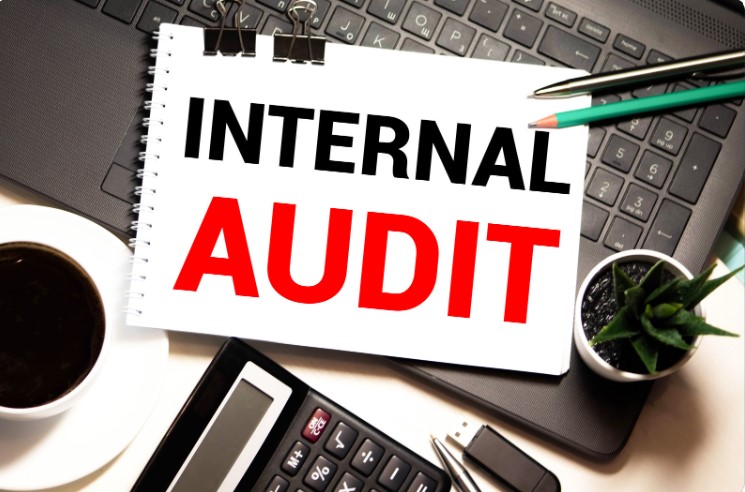
Internal audits are crucial in preventing non-conformities by identifying and addressing potential issues before they become significant problems. Here are some ways internal audits can help:
Early Detection of Compliance Issues: Internal audits allow organisations to detect compliance deficiencies early, enabling them to correct them before external auditors identify them. This proactive approach helps avoid costly penalties and reputational damage associated with non-compliance.
Risk Assessment and Mitigation: Conducting risk assessments during internal audits helps identify areas of high risk within the organisation’s operations. By implementing countermeasures based on these assessments, companies can mitigate risks that might lead to non-conformities.
Improvement of Processes and Systems: Internal audits provide an opportunity for organisations to evaluate their processes comprehensively, identifying inefficiencies or misalignments across departments. This holistic approach ensures that improvements are made at a systemic level, reducing the likelihood of future non-conformities.
Documentation and Record-Keeping: Ensuring that all documentation is accurate and up-to-date is critical in maintaining compliance standards. Internal audits verify whether documentation practices align with regulatory requirements, helping prevent minor non-conformities related to record-keeping.
Continuous Improvement Culture: Regular internal audits foster a culture of continuous improvement within an organisation, encouraging ongoing monitoring and enhancement of quality management systems (QMS). This proactive mindset helps maintain high standards over time.
By integrating these strategies into their audit processes, organisations can significantly reduce the occurrence of non-conformities during external evaluations like NDIS audits.
Key Steps for Effective Internal Audits:
- Establish clear audit objectives.
- Plan a comprehensive audit program.
- Conduct thorough risk assessments.
- Implement corrective actions based on findings.
- Monitor progress over time.
These steps ensure that internal audits are effective tools for maintaining compliance and preventing non-conformities in NDIS settings or similar regulated environments.

